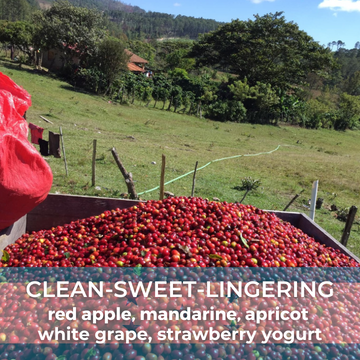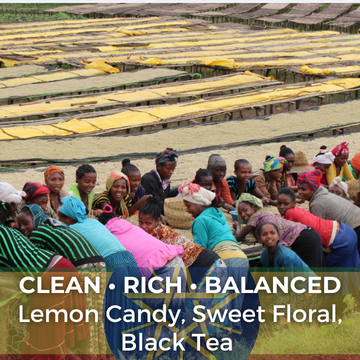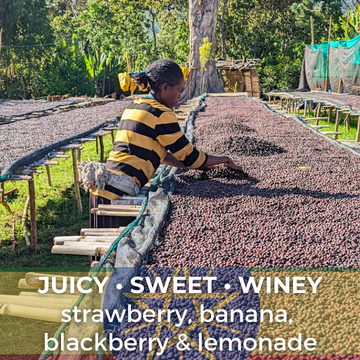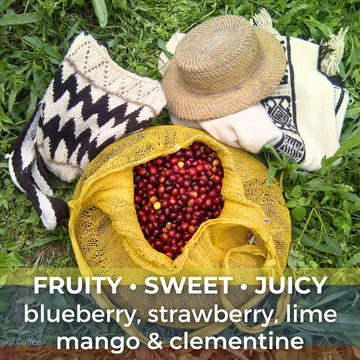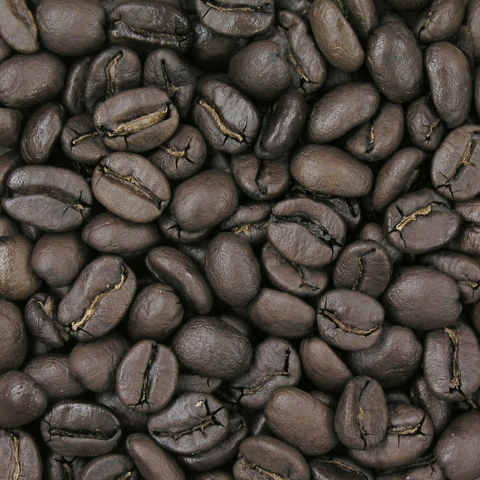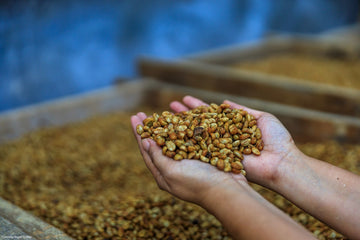Roast Levels: A Primer
Roast Levels: The Basics
Determining the roast level of your coffee can be a confusing prospect when there are so many resources and different terms for roasting and roast profiles. Here we'll try to do our best to give you ways to determine your roast level using as many senses as possible. Don't be afraid of trial and error, the more you roast, the better you'll get at determining roast levels and dialing in profiles consistently!
A disclaimer before we get started: you gotta give credit where credit is due so we wanted to be clear that all of these pictures are from this Wikipedia article (all image credits to Dan Bollinger). While Wikipedia is not always a reliable source of information, these pictures were really spot on and saved us a lot of roasting (and potentially wasted coffee, nobody wants to drink charcoal). While our written material below is original content from our experiences, the information in the Wikipedia article is useful, and for the most part accurate so please feel free to use it as a resource in your roasting adventures. Click the images for links to larger pictures from the original article.
A Primer on determining Roast Level:
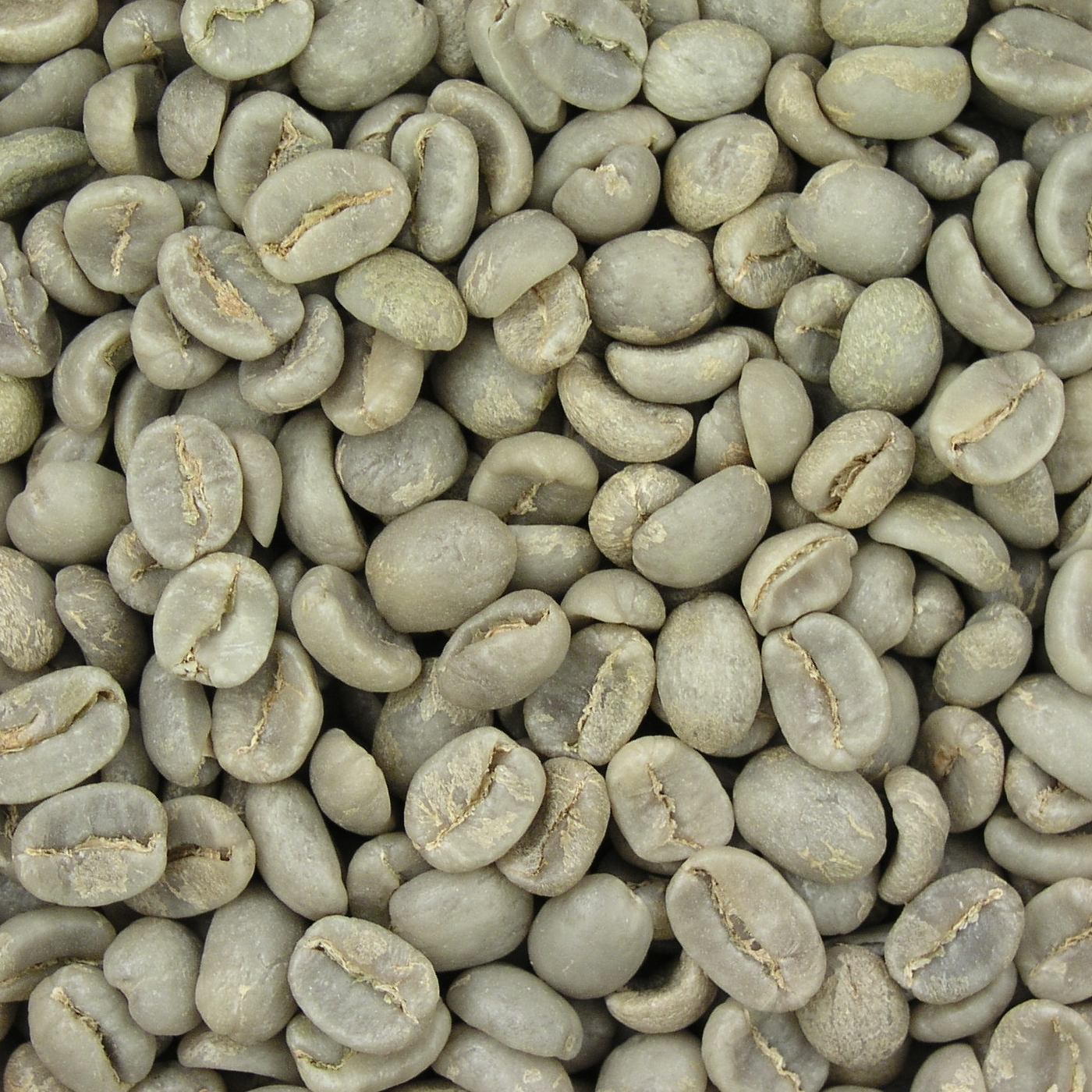
By Dan Bollinger - Own work, CC BY-SA 3.0, https://commons.wikimedia.org/w/index.php?curid=15546142
Unroasted Green Coffee
Green beans at room temperature. You fine folks already know what this looks like! These particular green beans are pale green as they are a South American bean (the article states they are Brazilian). Indonesian beans will be a darker green, African beans, especially Ethiopian beans, will be a bit more brown and varied in color while water processed decaf beans are very brown with a hint of green.

By Dan Bollinger - Own work, CC BY-SA 3.0, https://commons.wikimedia.org/w/index.php?curid=15546143
Drying Coffee ~ 320 °F, 160 °C
This is coffee mid-roast and moisture in the bean is evaporating. At this point you won't hear any cracking yet and you'll be smelling a hay and sweet grass aroma. Please don't try to grind/brew/drink this coffee. It won't go well and it will taste terrible!
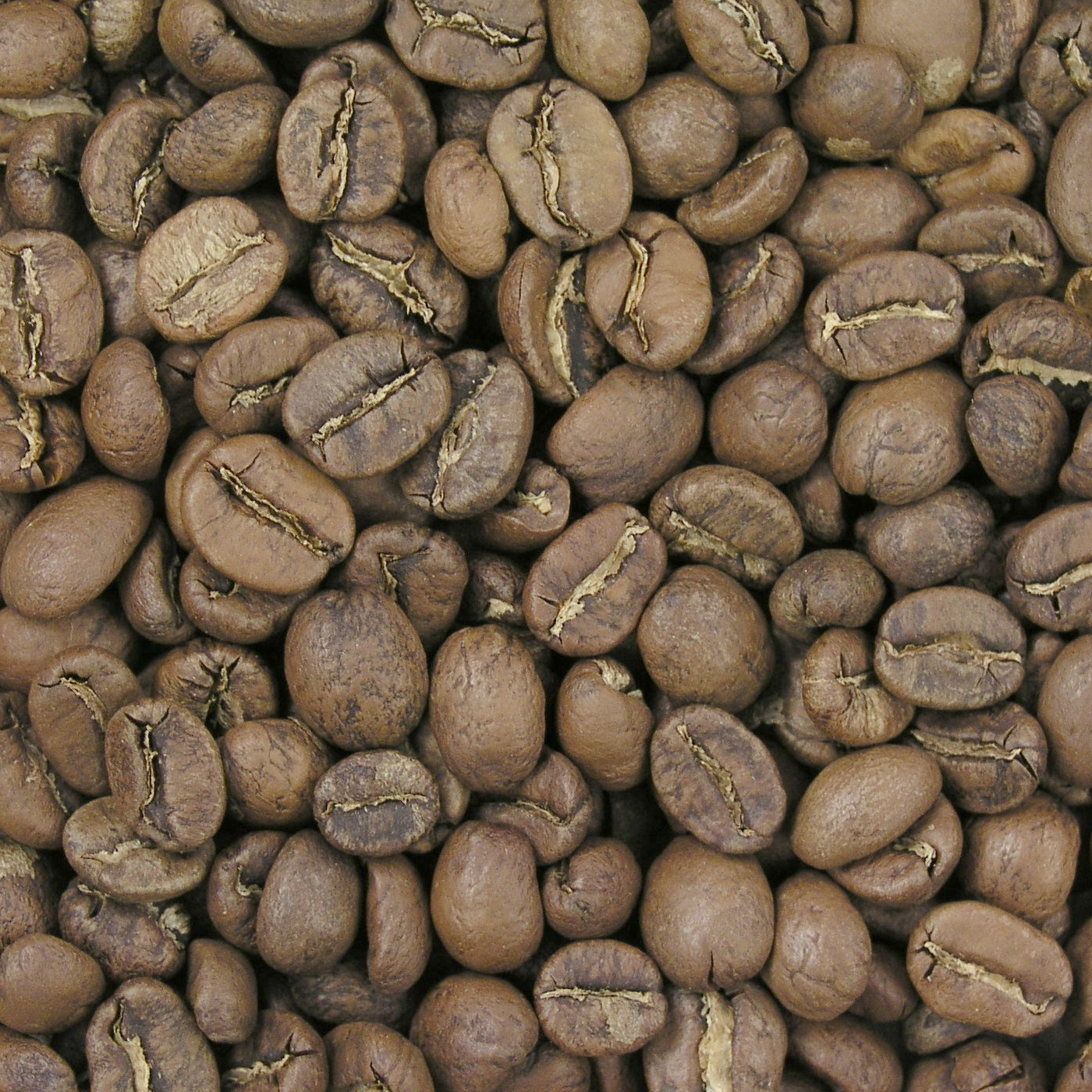
By Dan Bollinger - Own work, CC BY-SA 3.0, https://commons.wikimedia.org/w/index.php?curid=15546145
Cinnamon Roast ~ 385 °F, 196 °C
The first point at which coffee becomes "drinkable." This roast is found at the very beginning of first crack. The coffee will have a pretty grassy taste and will still be underdeveloped, though the coffee will now begin to really smell and look like coffee. Not commonly used for home or commercial brewing. The only place you'll usually see a roast this light is for cupping samples in a professional roasting environment.

By Dan Bollinger - Own work, CC BY-SA 3.0, https://commons.wikimedia.org/w/index.php?curid=15546146
City Roast ~ 400 °F, 205 °C (Light Roast)
Also called New England Roast. At this point in the roast, we're mid 1st crack. The coffee begins to truly smell like coffee and is actually drinkable. Coffee is frequently roasted to this level for cupping purposes as the origin can be really tasted here with little "roast" taste. If you really want to be able to tell the difference between two coffees, roast them to this level and taste them side by side.
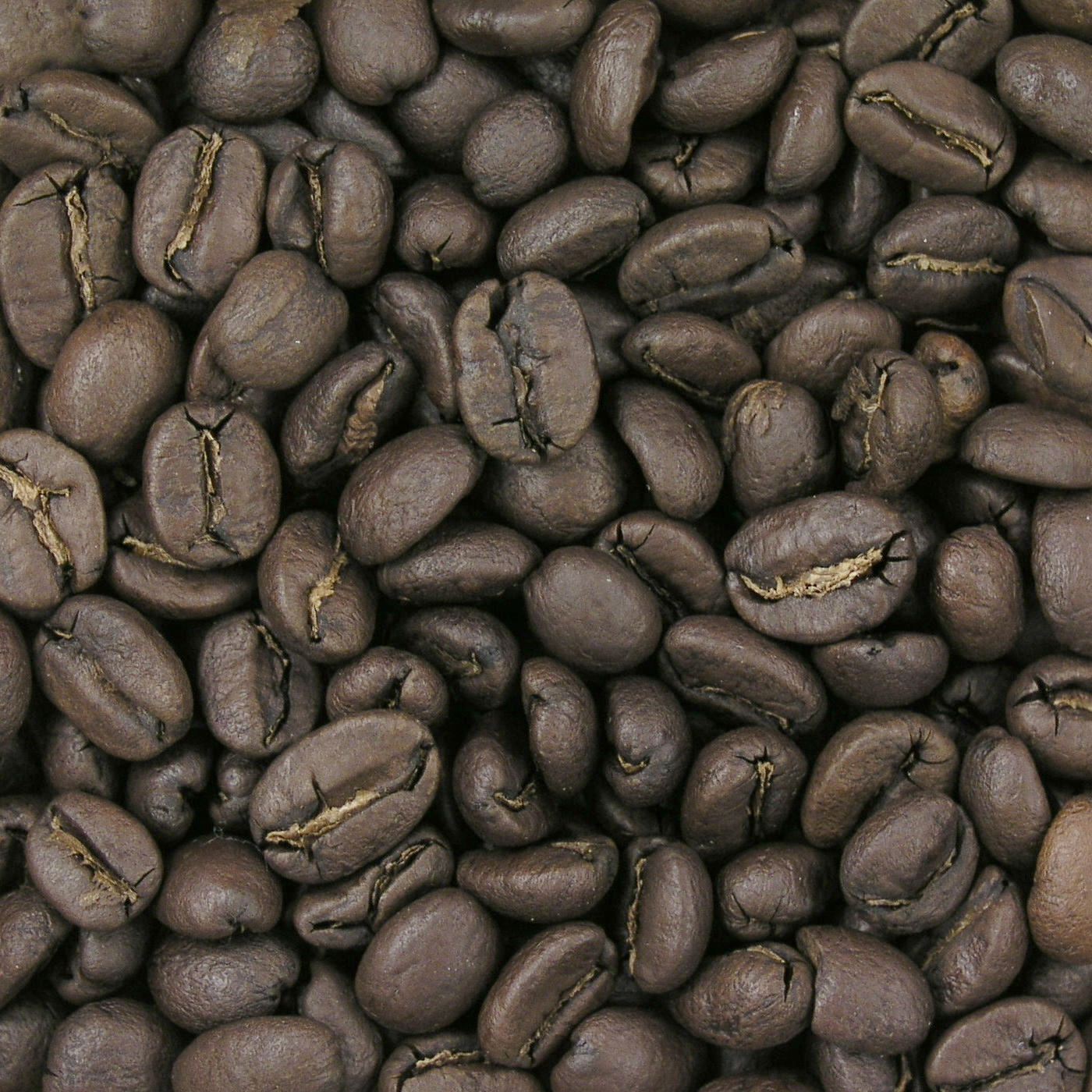
By Dan Bollinger - Own work, CC BY-SA 3.0, https://commons.wikimedia.org/w/index.php?curid=15546149
City + Roast ~ 405 - 410 °F, 207 - 210 °C (Light-Medium)
This roast is at the tail end of 1st crack and you may be still hearing the last few 1st cracks. There should be zero oil on the beans. Here you will mostly taste the individual character and origin of the coffee with very little taste of the roast, so we recommend this if you really want to taste the particular differences from one estate in the same region from another. At this point, the beans will also begin developing more body in the cup and any acidity in the coffee will be accentuated well.
By Dan Bollinger - Own work, CC BY-SA 3.0, https://commons.wikimedia.org/w/index.php?curid=15546149
Full City Roast ~ 410 - 430 °F, 210 - 221 °C (Full Medium)
Now we're at what's commonly called "Full Medium". This is when 1st crack has ended but 2nd crack has not begun. The beans will be not oily to just having a few flecks of oil. You'll also notice a bit more smoke coming from your roaster. At this point there will be a balanced mixture in flavor between the individual origin of the coffee and the taste of the roasting process which is why it's so popular. We recommend this roast for most coffees as it gives the best of both worlds. You'll have a nice balance of acidity and body with most coffees at this roast level.
Full City + ~425 - 435 °F, 218 - 224 °C (Medium-Dark)
Pulling a roast during the first few snaps of 2nd crack is sometimes called "Full City+". It's not quite dark enough to be called Vienna yet, but it's just past Full Medium. For some folks this is just right. There may be a few flecks of oil on the beans. There should still be a fair balance between origin and roasty flavors as well as a touch more body. There will also be less acidity if that is desired.

By Dan Bollinger - Own work, CC BY-SA 3.0, https://commons.wikimedia.org/w/index.php?curid=15546151
Vienna Roast ~ 430 - 440 °F, 221 - 227 °C (Dark)
At this point we're really into dark roast territory. It will be the middle of second crack (what we call rolling second crack as it's consistent and not just a few cracks here and there) and there will be a clear sheen of oil on most of the beans. There will be more and more smoke coming from your roaster at this point as well. Now we really begin tasting more of the actual roasting process flavors and little origin flavor. Some very dense beans (Indonesian beans usually) can get this dark and still maintain a pretty clear origin flavor. This is also a great roast level if you like your coffee to be less acidic and bright. This is generally about as dark as we recommend going with most coffees.
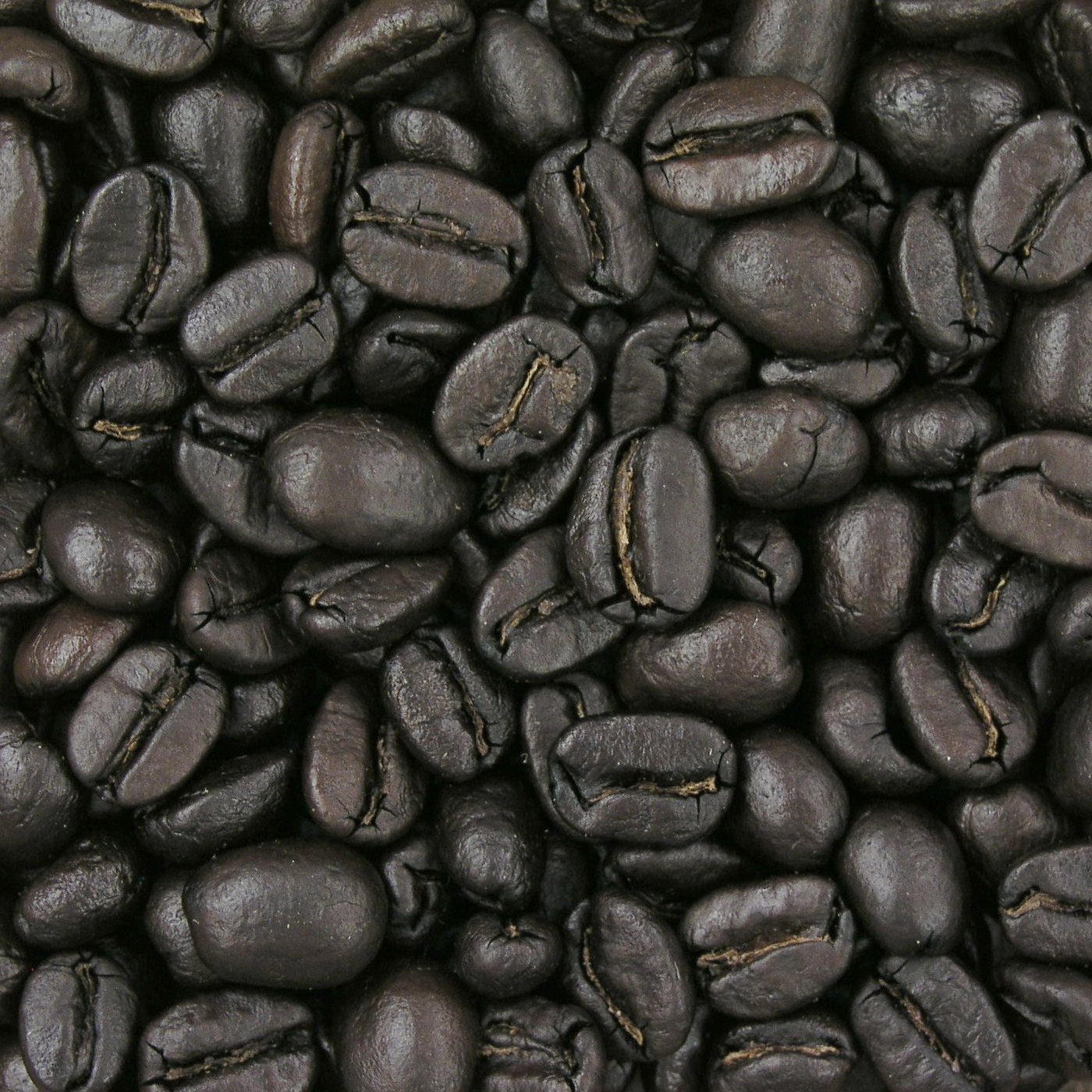
By Dan Bollinger - Own work, CC BY-SA 3.0, https://commons.wikimedia.org/w/index.php?curid=15546153
French Roast ~ 440 - 455 °F, 227 - 235 °C
We're now reaching the end of 2nd crack. The cracking will be tapering off, but still rolling for the most part. The beans will be covered in a sheen of oil that is unmistakable. There will also be lots of smoke coming from your roaster, so use caution with ventilation! The beans will also start to change color and will start to look more grey-black as than brown. At this point the coffee will have almost no origin flavor and will taste only like the "roast," meaning you could roast any coffee to French Roast and it would all taste almost the same. There will be a burnt undertone to the taste and the coffee will be much "thinner" in texture. There should be very little acidity or brightness here.

By Dan Bollinger - Own work, CC BY-SA 3.0, https://commons.wikimedia.org/w/index.php?curid=15546154
Italian/Spanish Roast - Over 455 °F, 235 °C
Friends don't let friends drink charcoal. There will be tons of smoke pouring from your roaster, the aroma of the beans will be the same as burning tires and the beans will be black instead of brown. The only time you should drink this stuff is when it's a roasting accident and there's no other coffee in the house. Only slightly better than mega-store brand coffee.
Well there you have it! Please note all temperatures are approximate bean temperatures (not hot air temperatures) and will differ slightly based on variety of coffee roasted. Also, note that coffee tends to darken a bit as it ages, sometimes taking as little as a few days to darken a bit or even out what initially appears to be roasting inconsistency.
The best way to tell where your roast level is, is by using as many of your senses as possible: look at the color of the beans, smell the aroma of the smoke and listen to the cracks. We always list recommended roasts on each coffees page as well as on their bag labels, but we encourage experimentation! Remember this rule of thumb: if you want to really taste the origin and individuality of your coffee, keep it to the lighter side of the recommended roast and if you really enjoy a more muted coffee that tastes more like the roasting process, keep it on the darker side.
